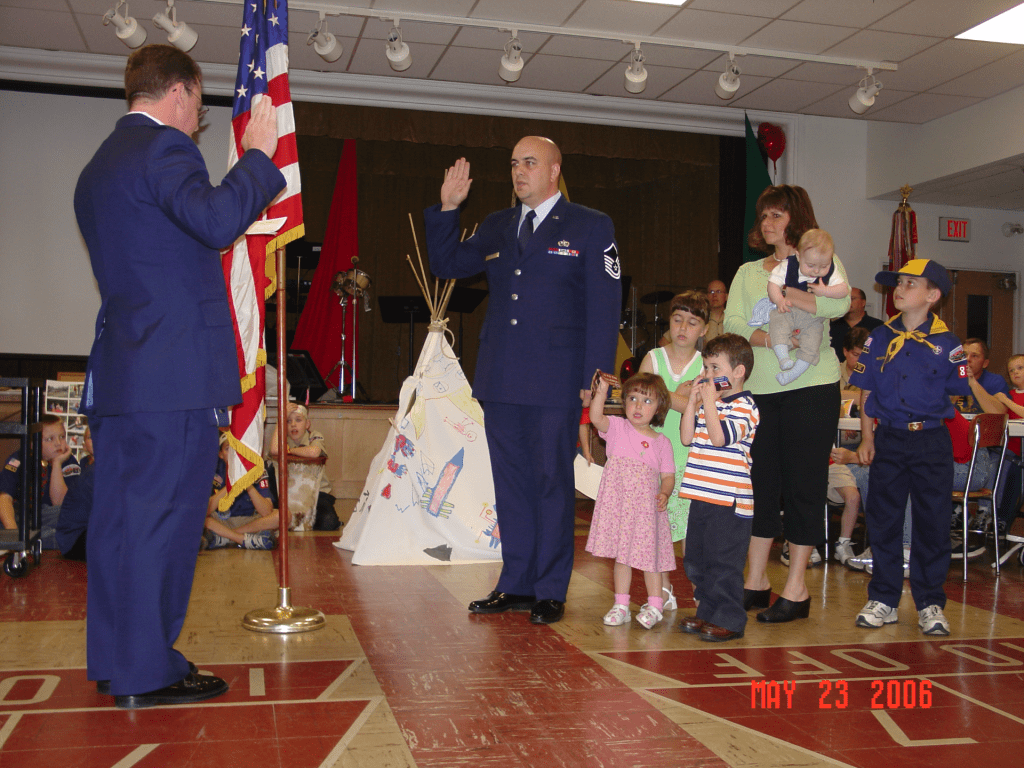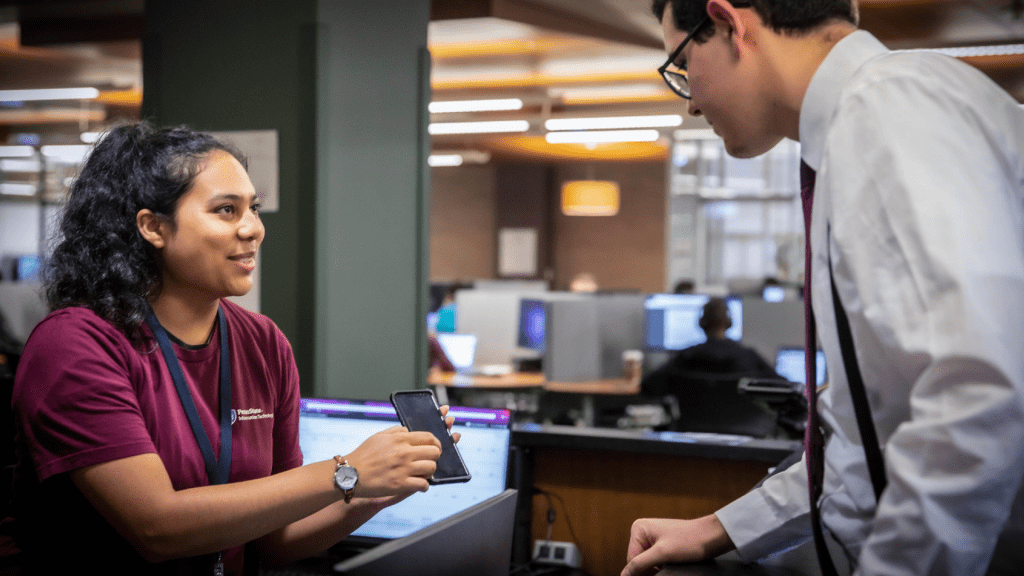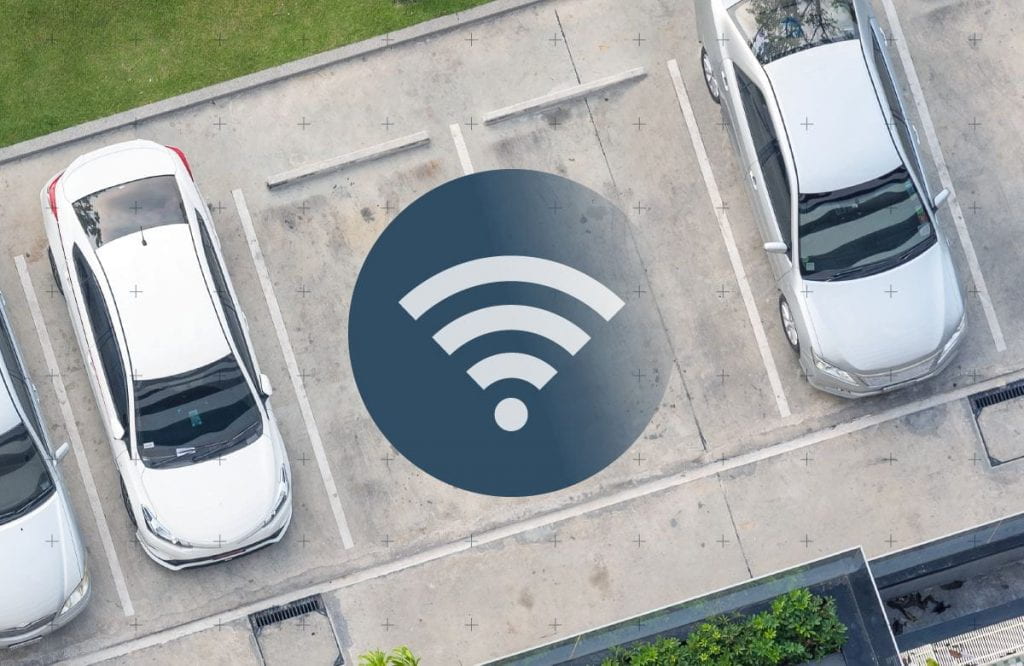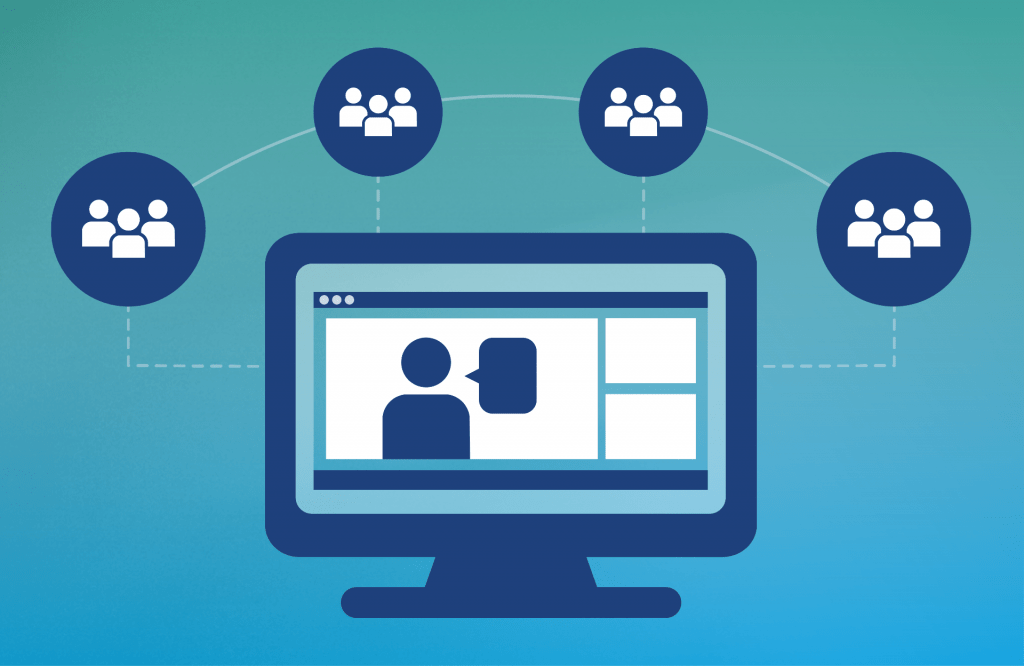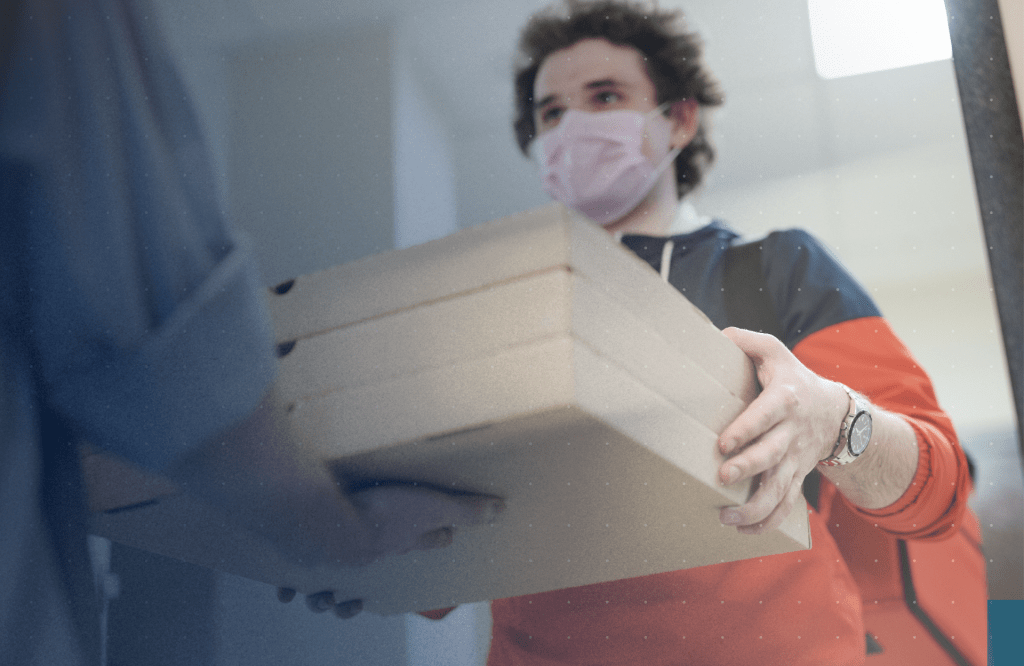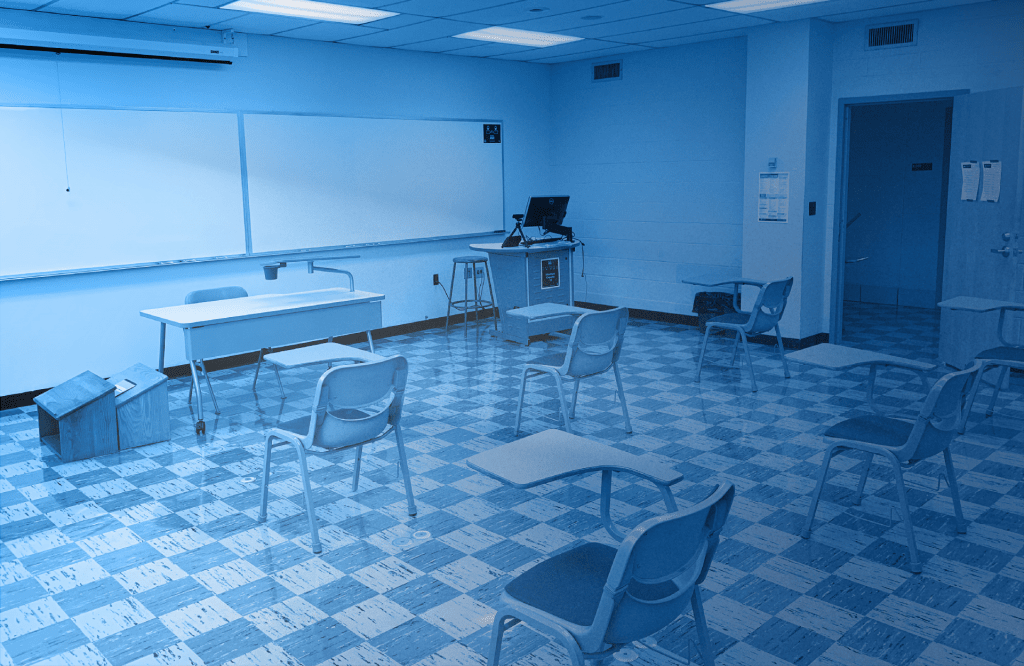Training hub for contact tracers becomes model for other projects
The first time you perform a task, it takes longer and feels more complicated than the 20th or 50th time. The higher the stakes related to the task, the higher the stress. So imagine what it is like for those responsible for ensuring the University's COVID-19 response runs smoothly and effectively. Continue Reading Training hub for contact tracers becomes model for other projects



